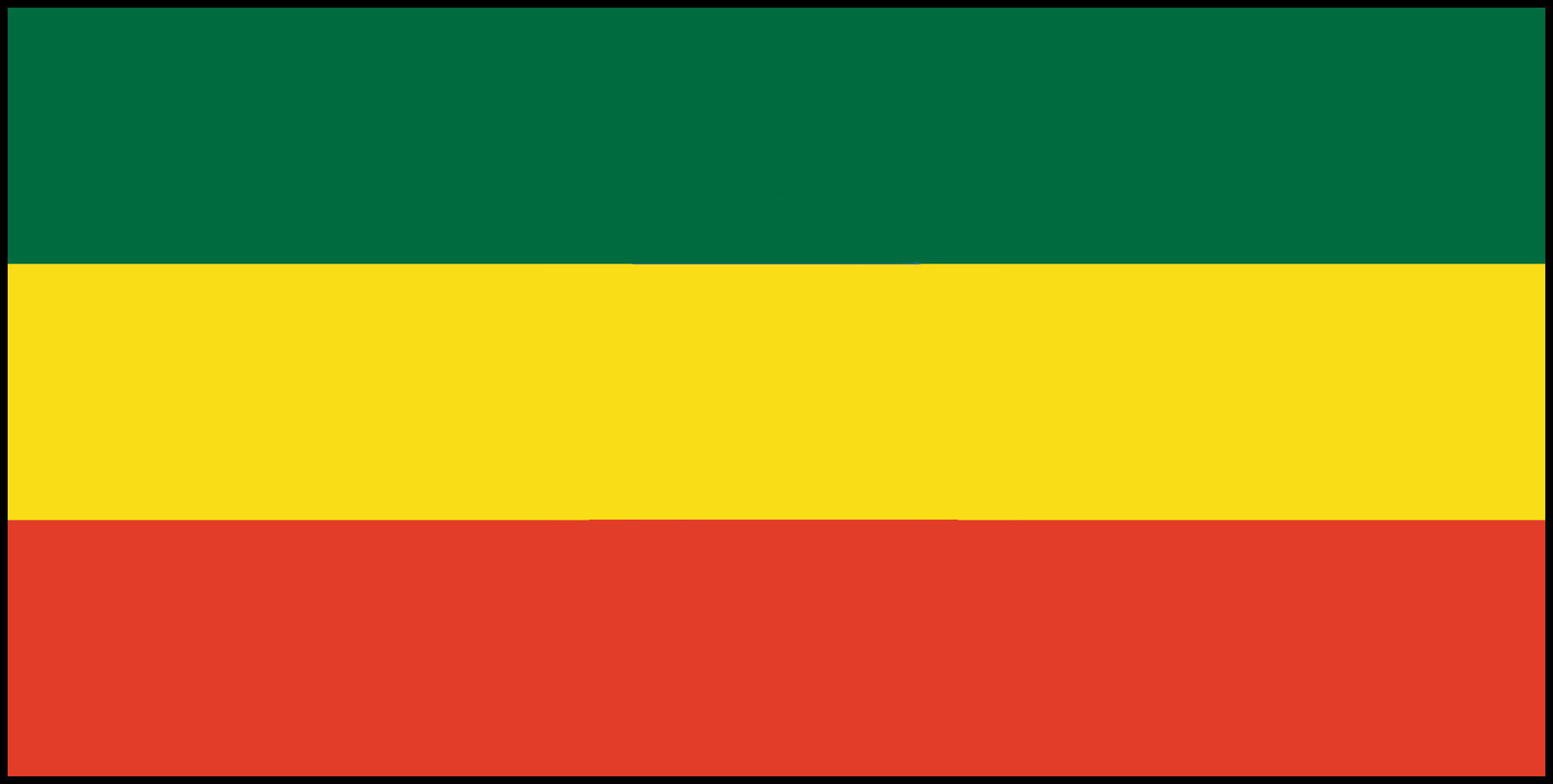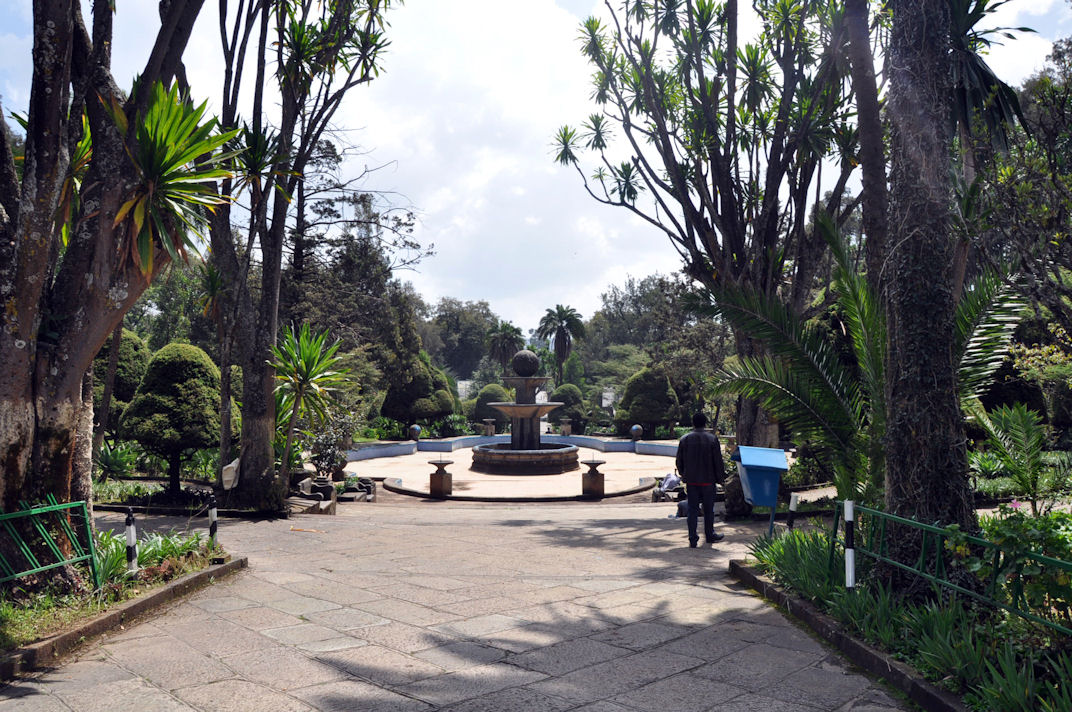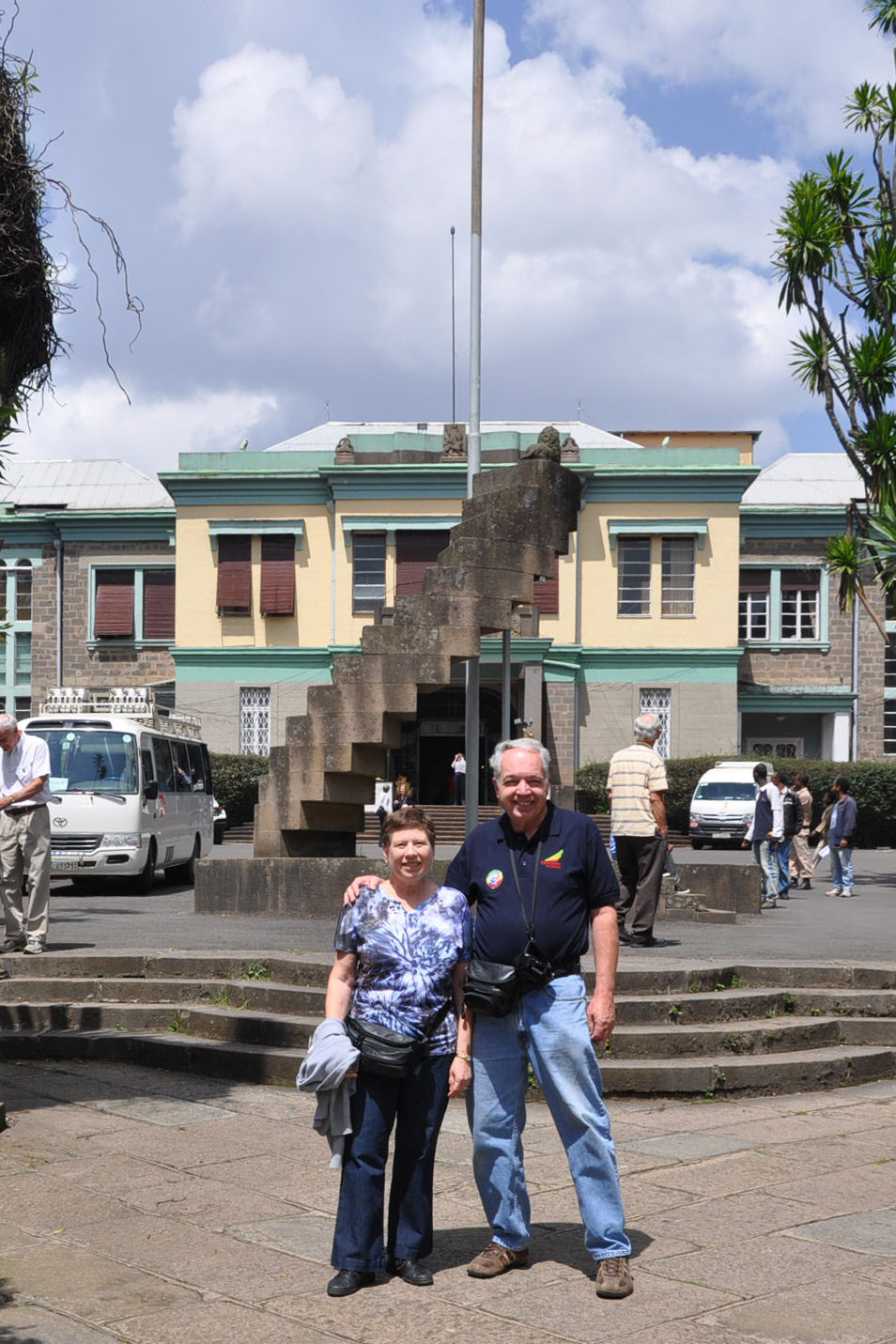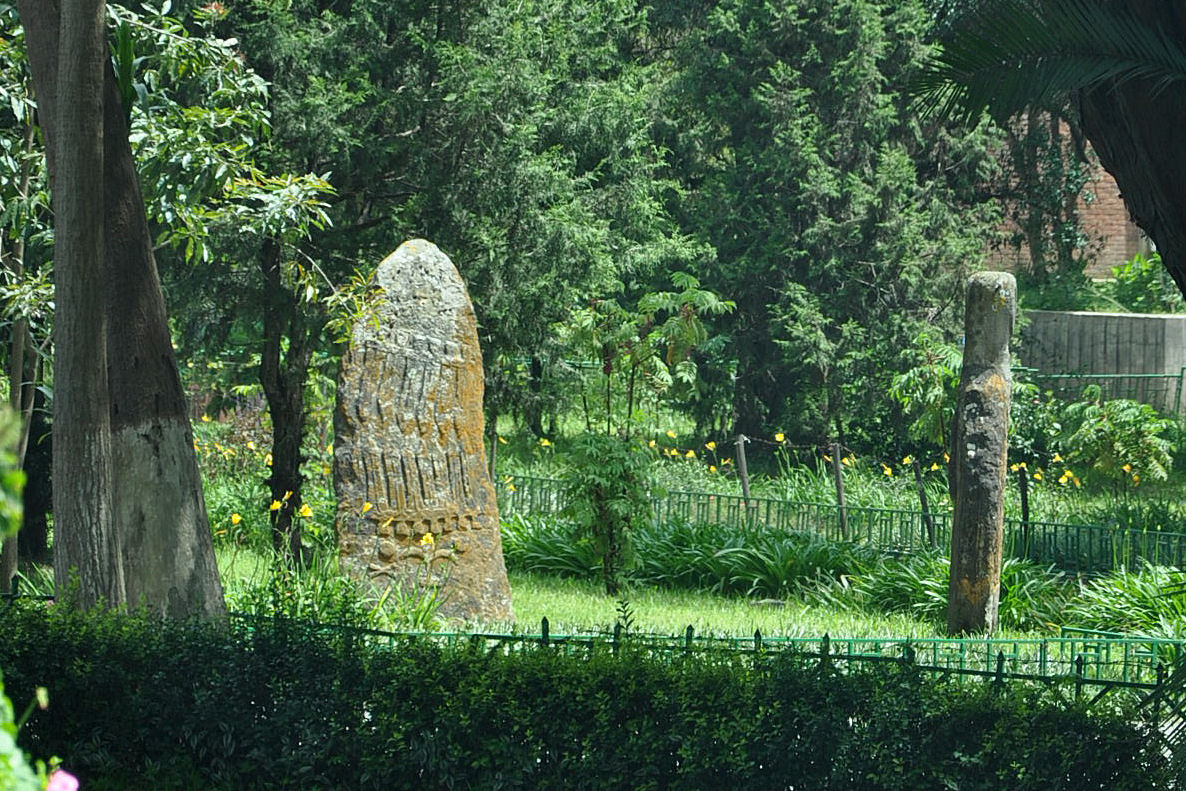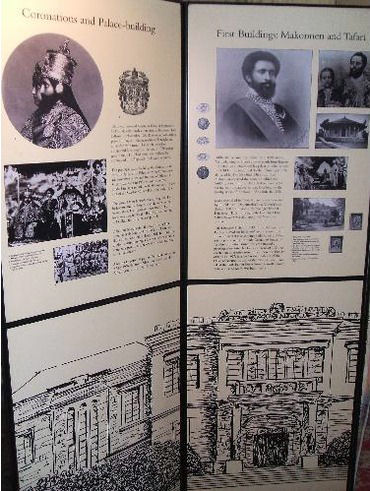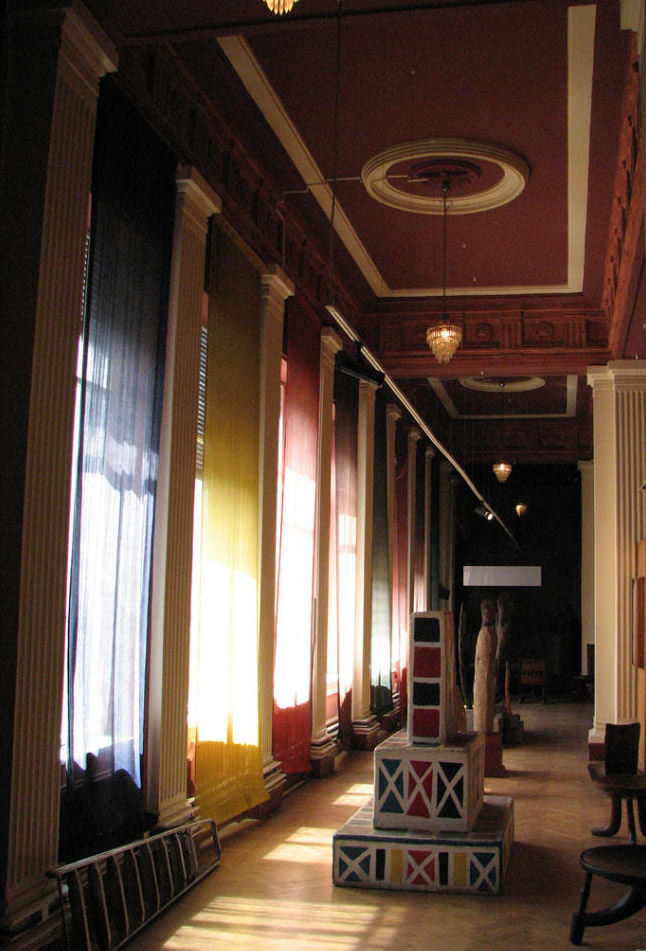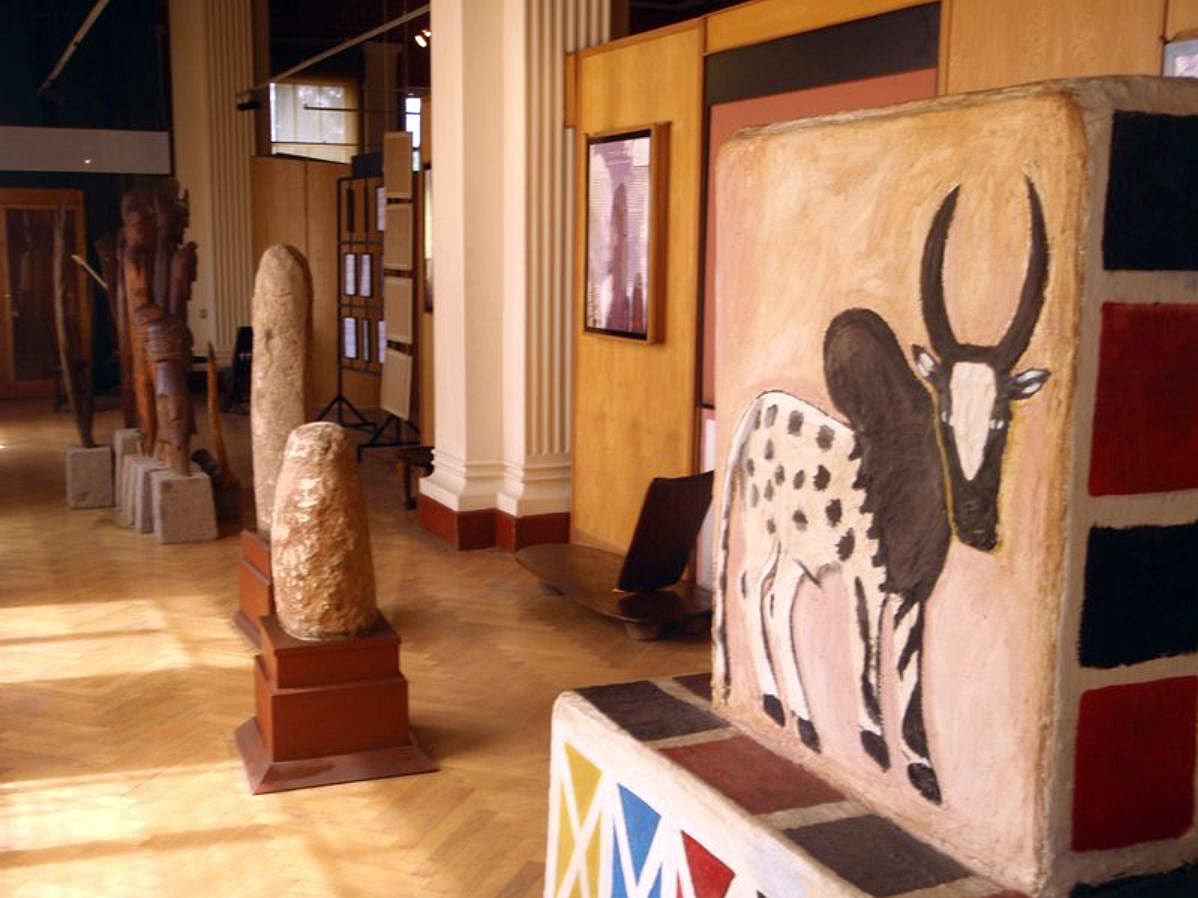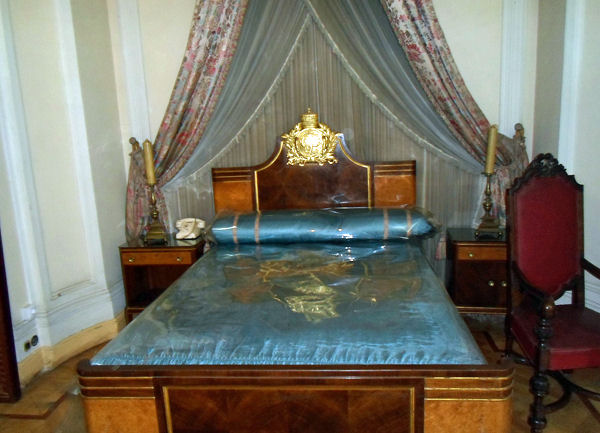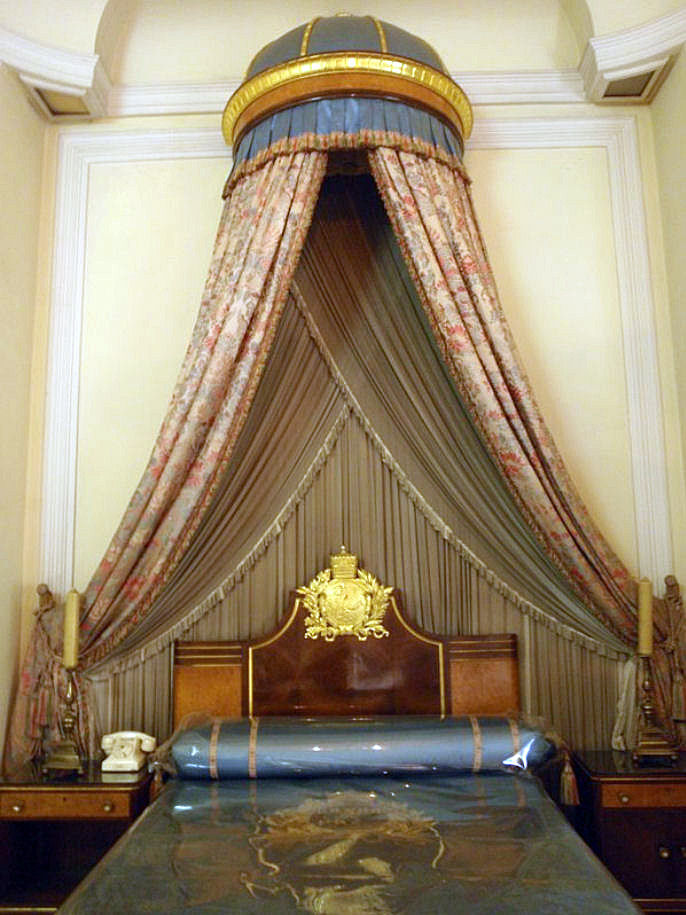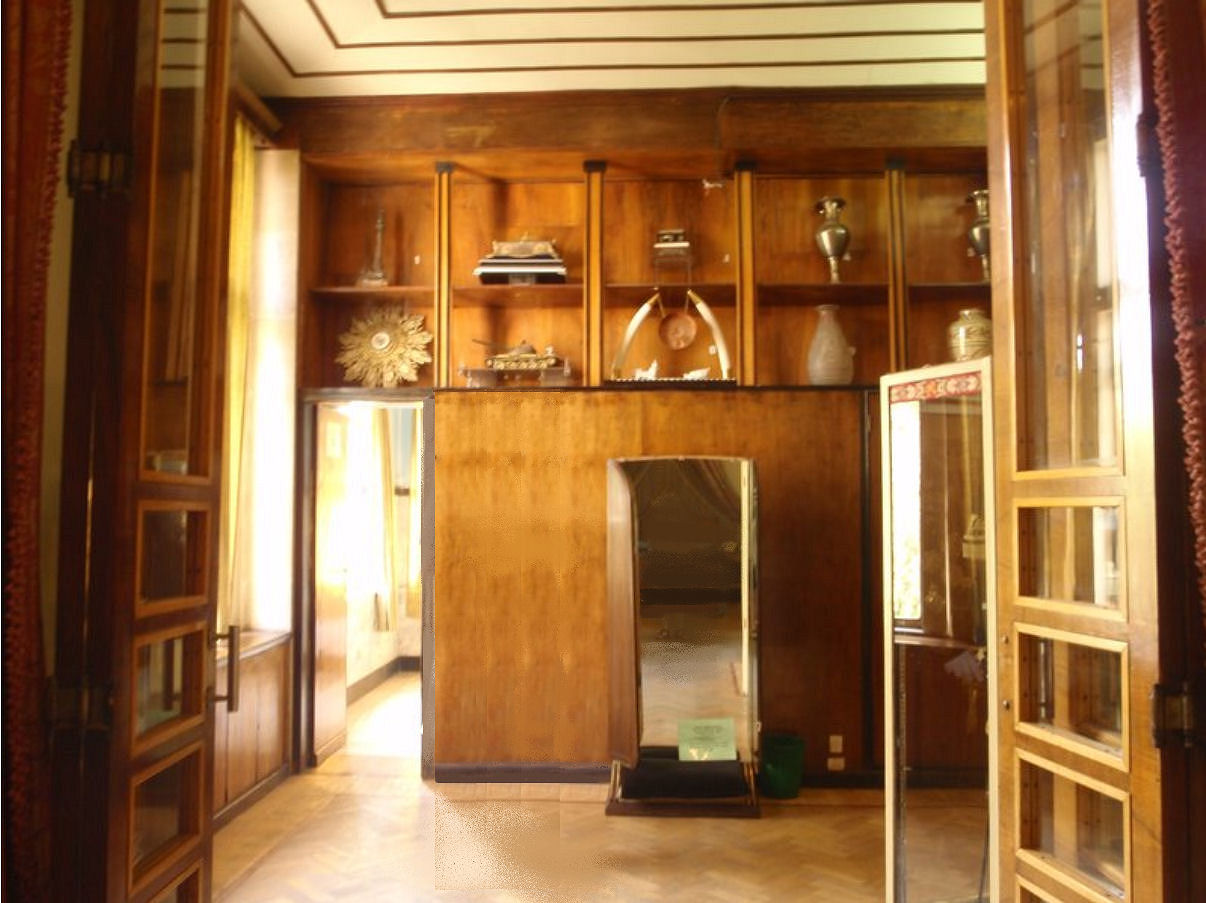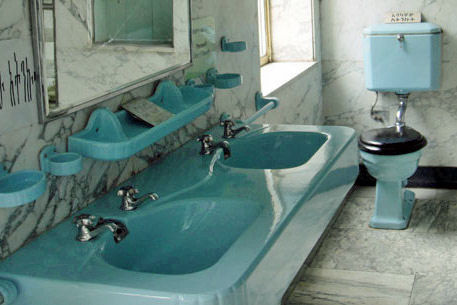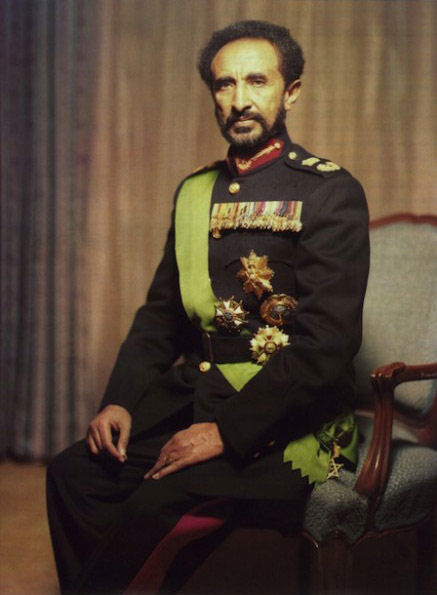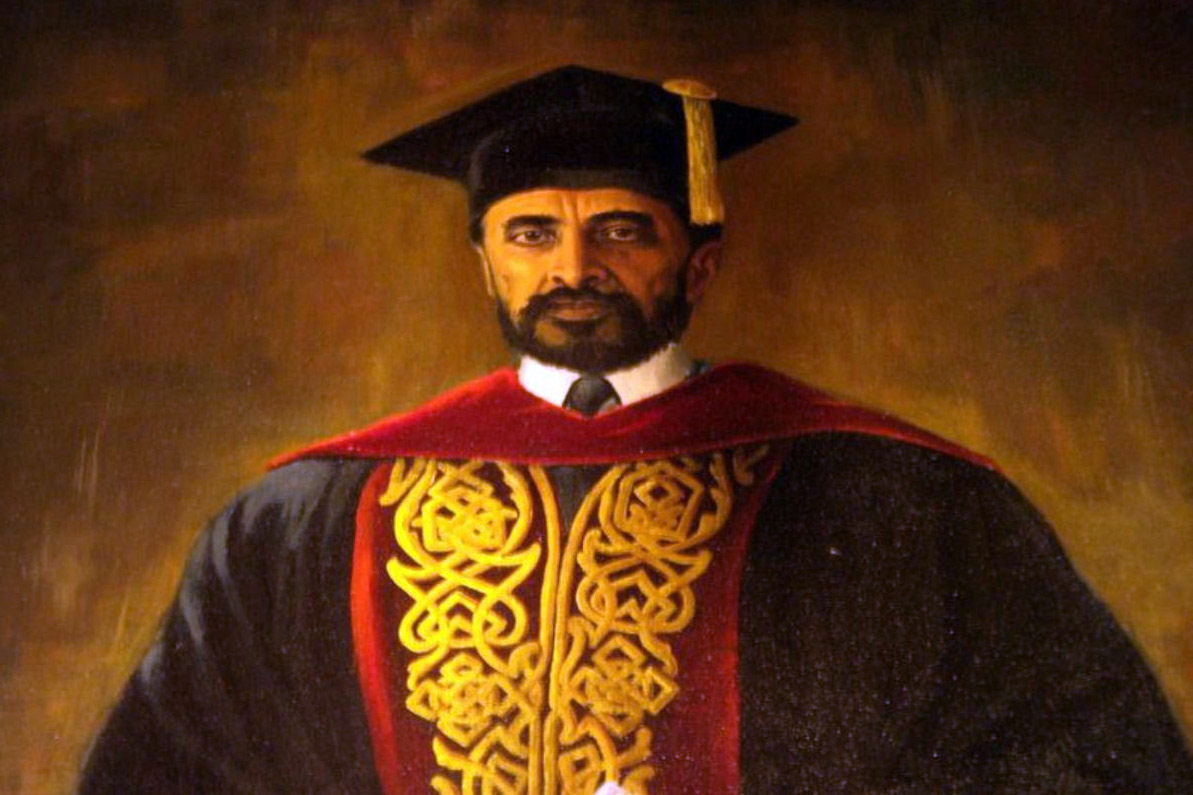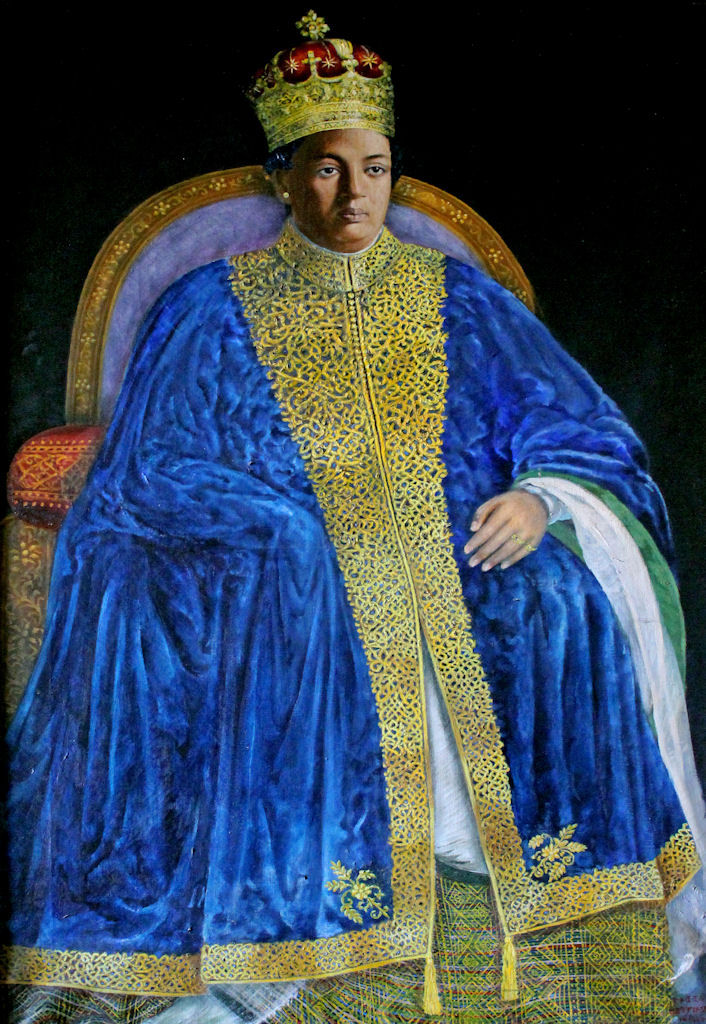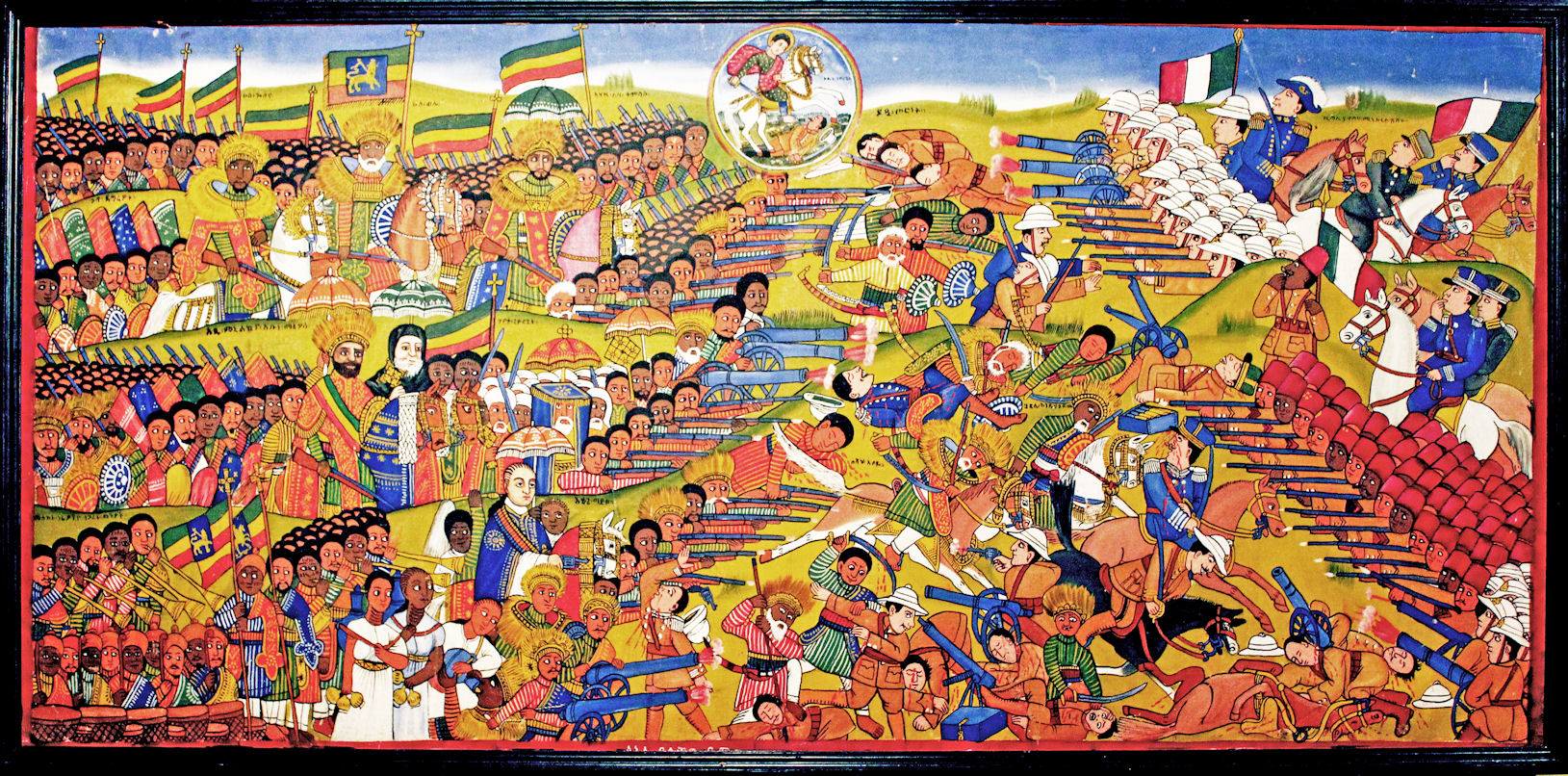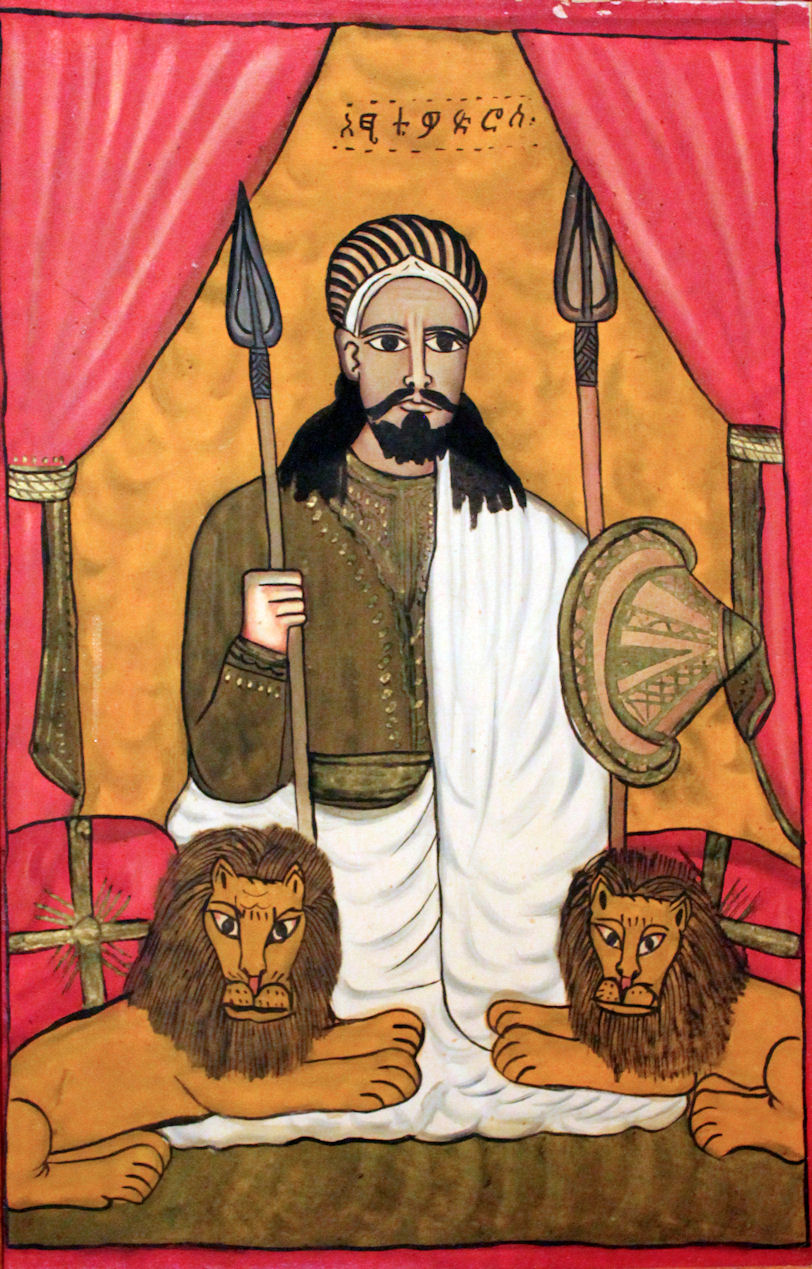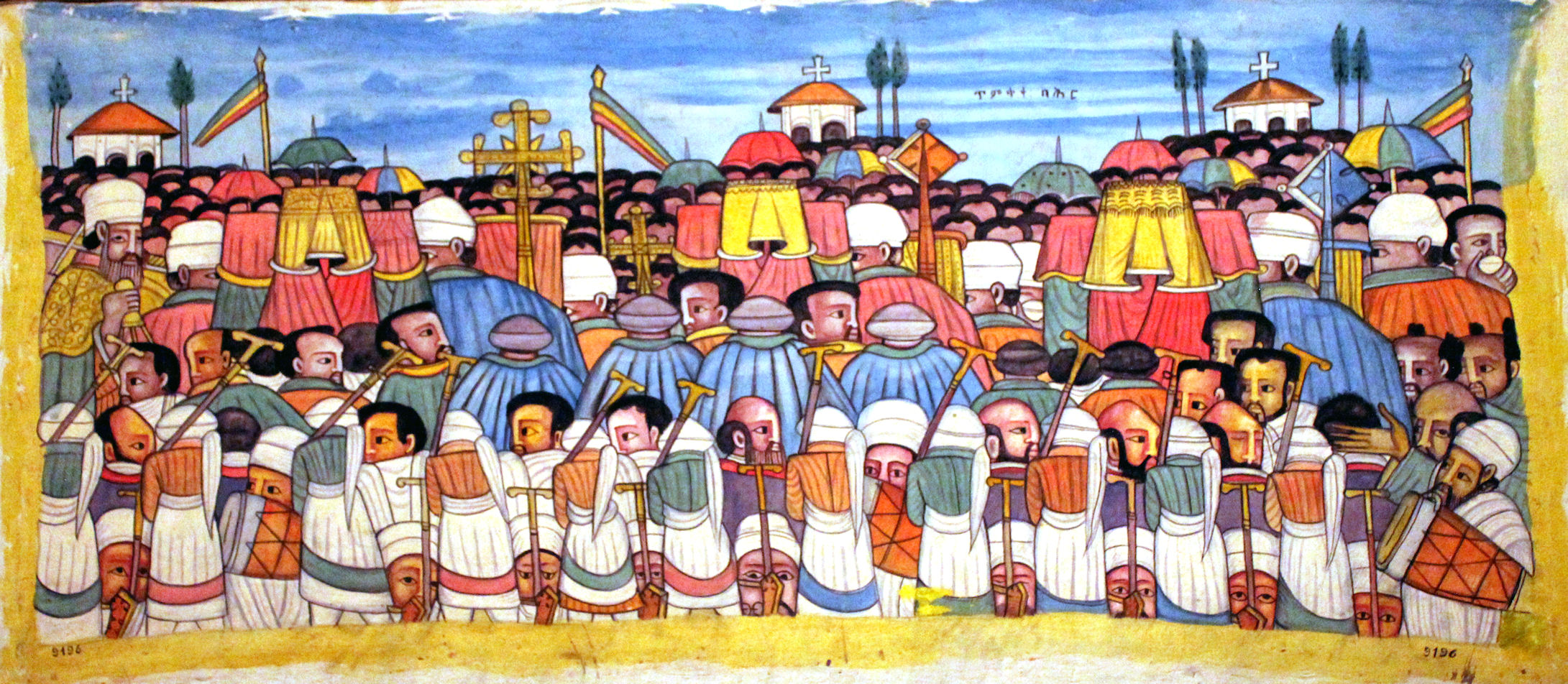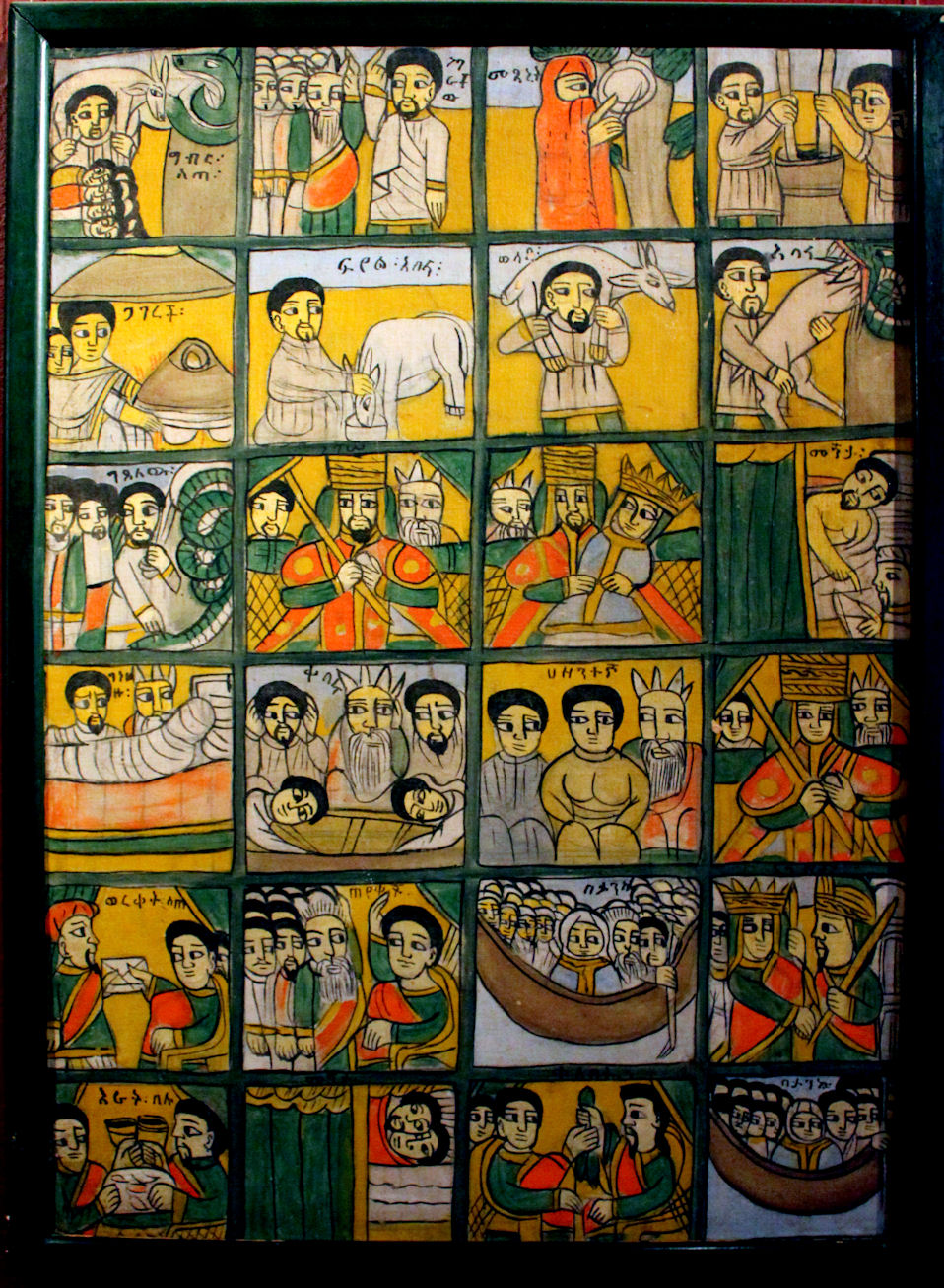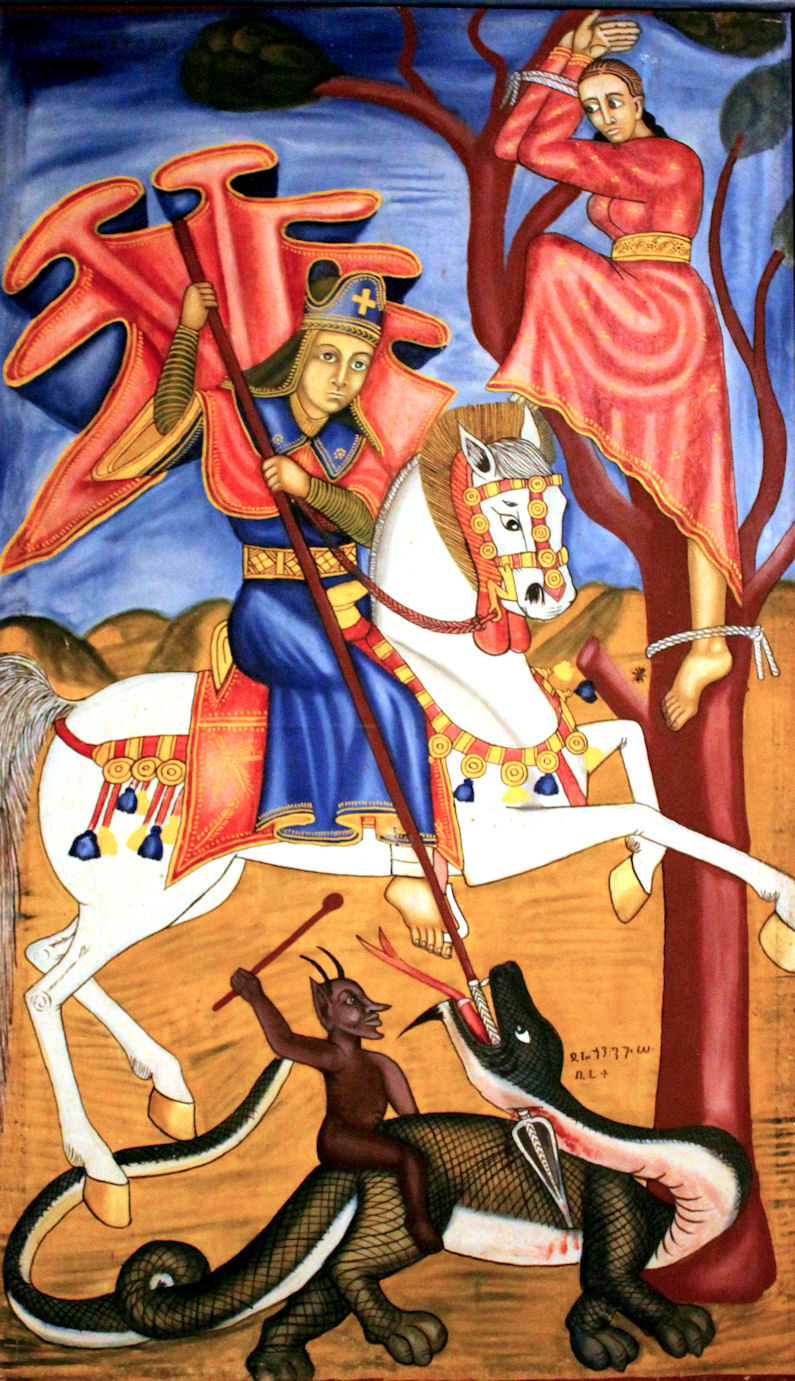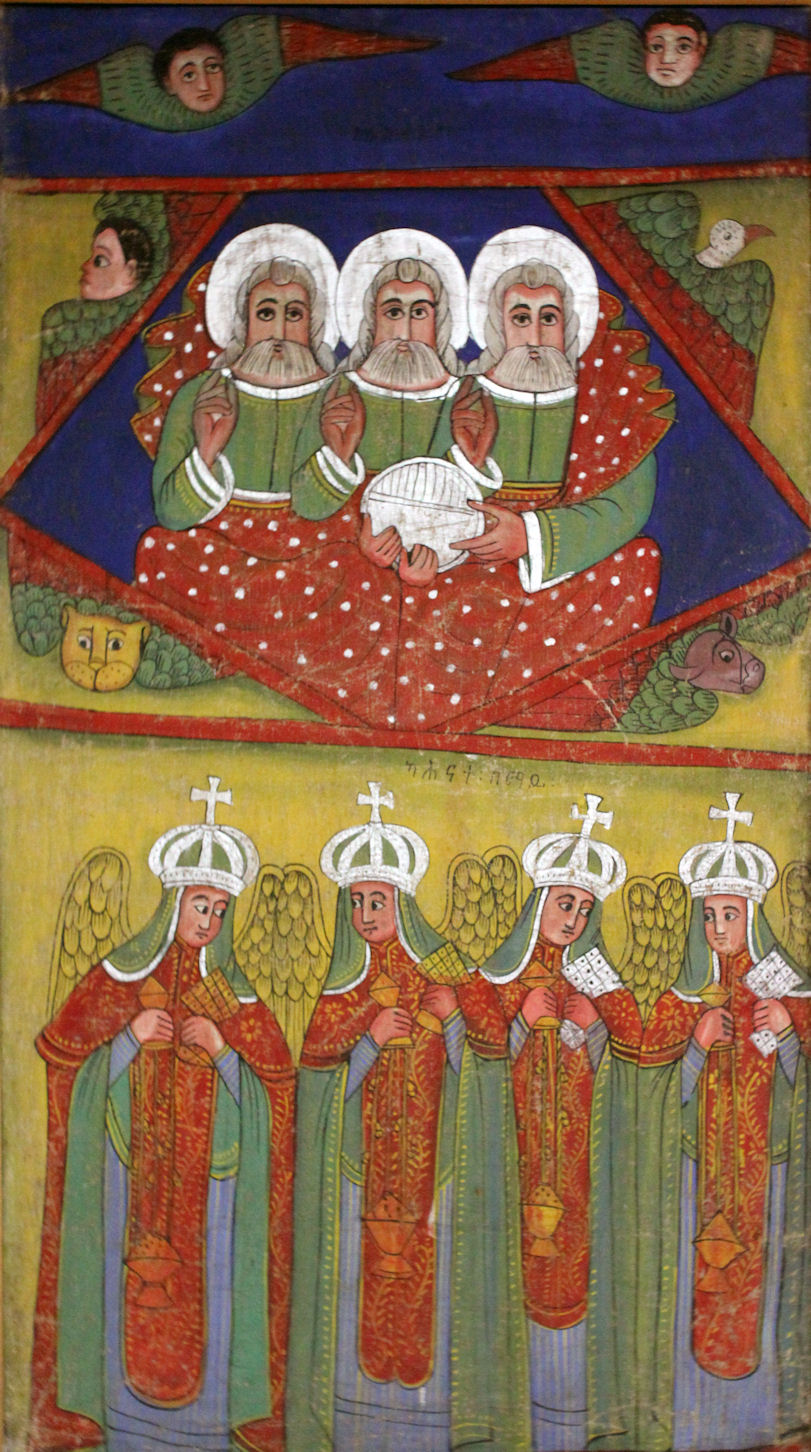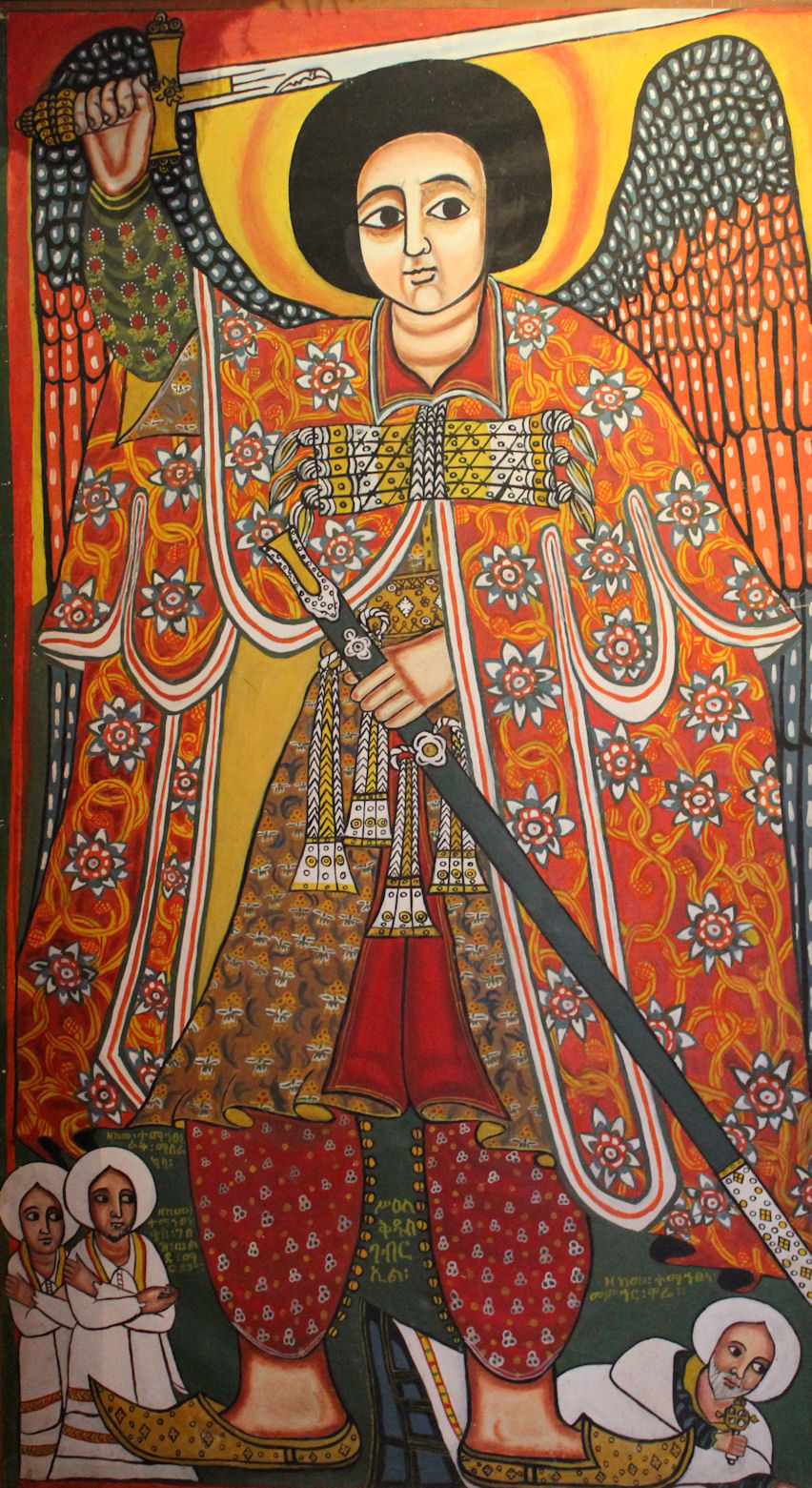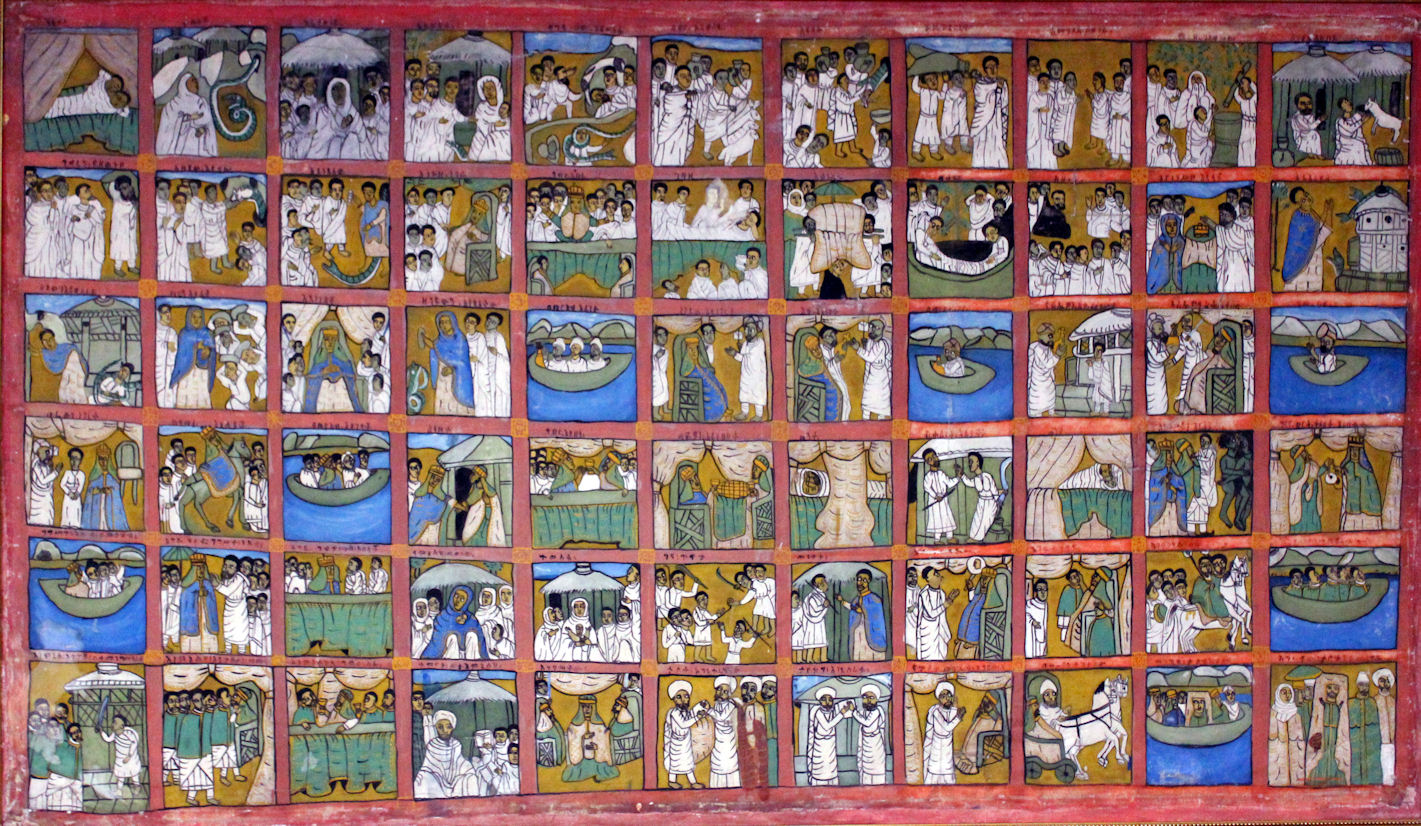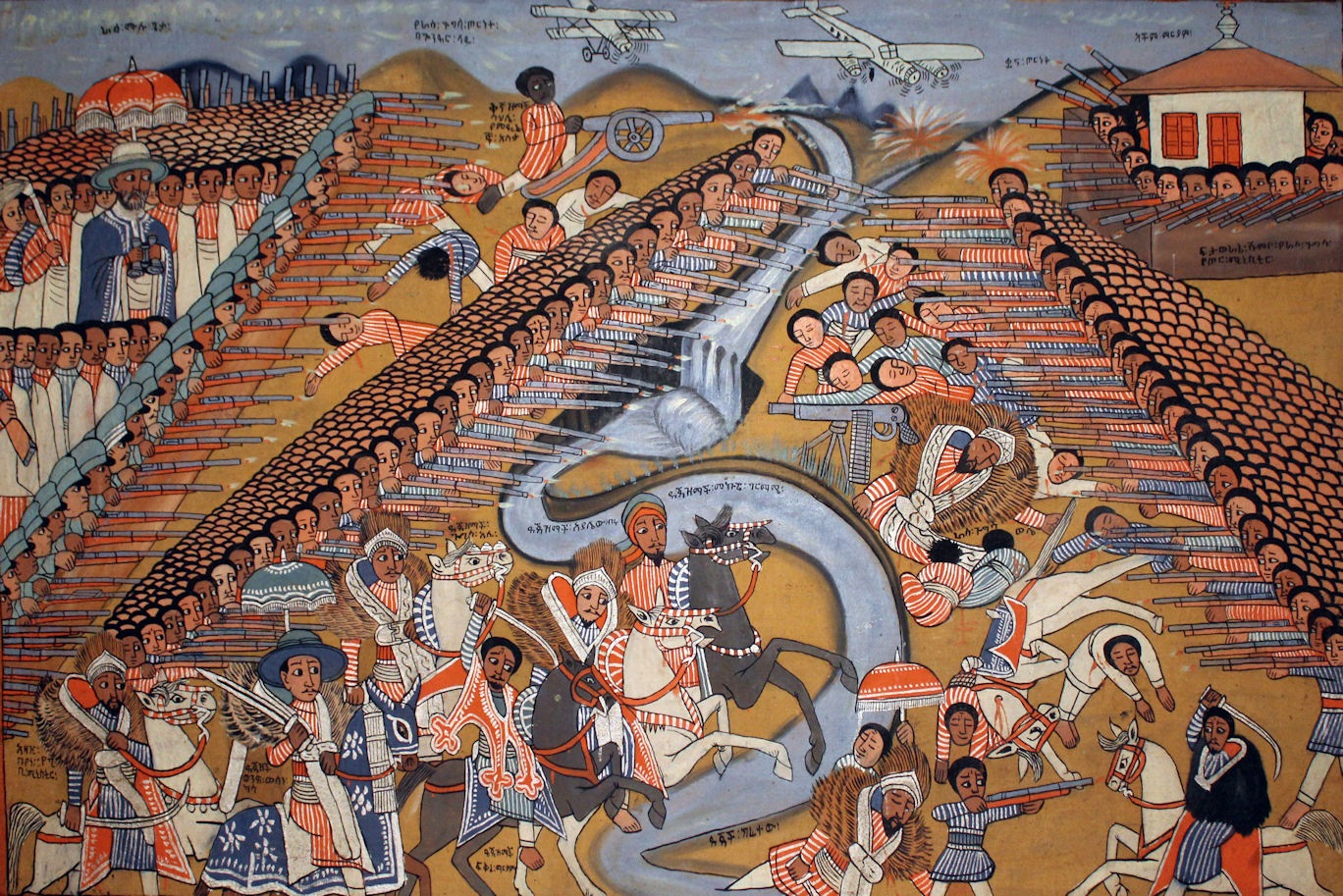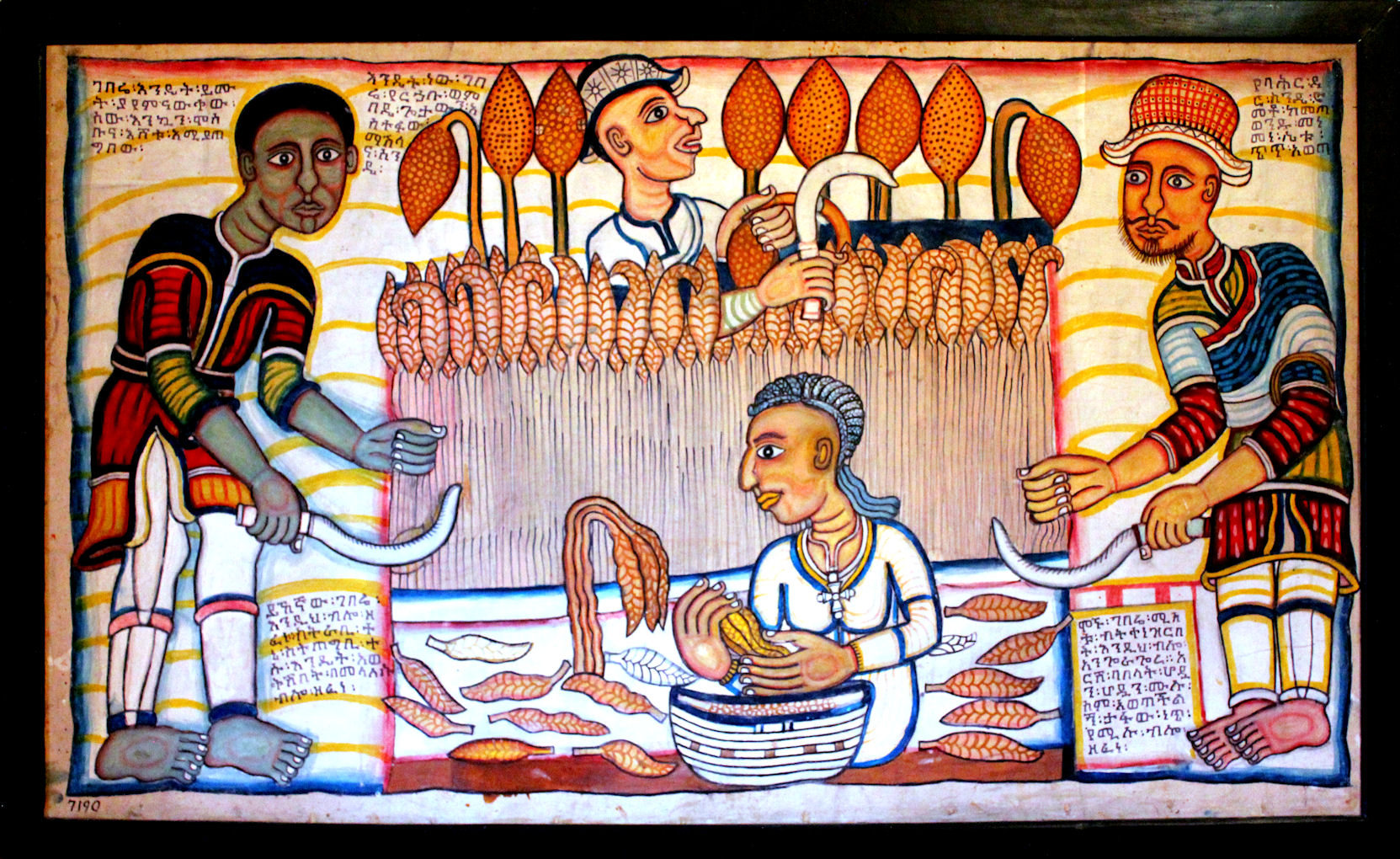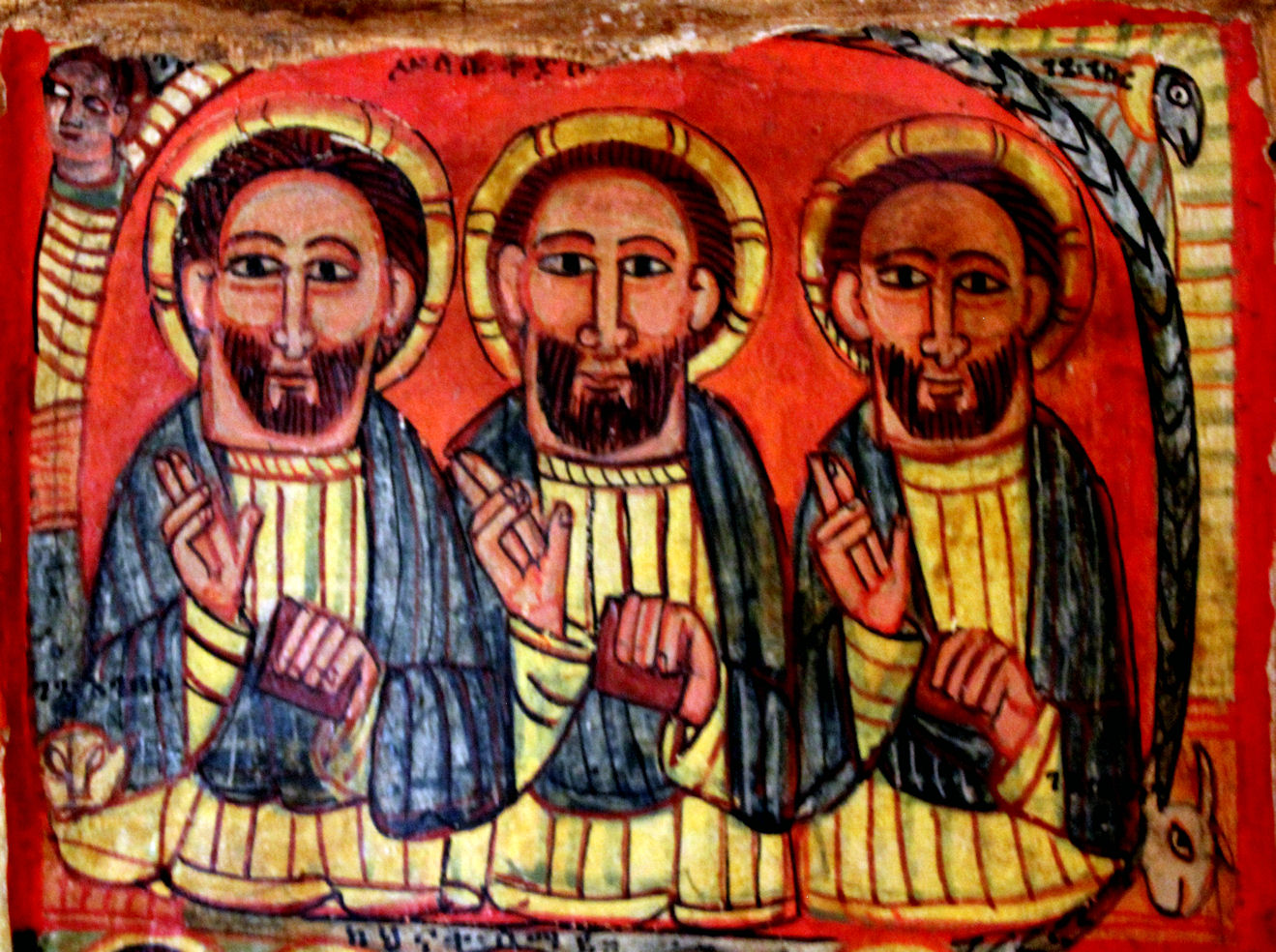The Ethiopian Ethnological Museum was established in 1963 with three major components: a research and publications unit, a library, and a museum. The aim of the institute is to collect documents, analyze and disseminate knowledge about languages, cultures and the history of Ethiopia. As Ethiopia is a cradle of mankind, a crossroads of cultures and civilizations, it is known as “a museum of nationalities”. This museum, therefore, shoulders the responsibility of capturing the heritage of the past and presenting it for posterity. The main focus of the museum is traditional art and material culture of nationalities. The Museum brings the many diverse ethnic groups of Ethiopia under one roof. The layout follows the story of life from birth to death, and beyond, and how the different stages of life are viewed and experienced by different ethnic groups in Ethiopia.
The museum is in the old palace, Genete Le’ul, of the late Emperor Haile Selassie, a building that welcomes all visitors with dignity and grace. The name means paradise of princes. The palace was built by emperor Haile Selassie in 1930. The emperor and his family made the palace their main residence, but the seat of government remained at the Imperial Palace. After the Second Italian-Abyssinian War and the Italian occupation, the palace became the residence of the Italian Viceroy. Emperor Haile Selassie moved back to the palace when he returned from exile after the Second World War. During a coup attempt in 1960 several government officials were massacred in the palace. In light of this, the emperor moved to the Jubilee Palace. He gave the Genete Le’ul Palace to the Haile Selassie University, which was renamed Addis Ababa University in 1974. The palace was renamed Ras Makonnen hall after the father of the emperor.
The museum is accommodated on two floors, comprising the bedroom of the late Emperor and ethnographic section on the lower floor and the art gallery on the upper floor.
The bedroom reminds us that the building was once a palace in the formative period of modern Ethiopia. It is the first modern palace imitating European style. We see here the bed, which Emperor Haile Selassie used for more than ten years, and some personal gifts received by the late Emperor.
The reception hall now hosts ethnographic items of more than 80 language groups. It is divided into two parts. The first introduces the general socio-economic conditions of the country and displays production tools and some techniques of craftsmen.
The second part provides a quick visit through Ethiopia. Here, assorted items from each region in the country are represented. Although the space is not large enough to show all the beauty and diversity of the culture of Ethiopia, it creates a strong urge to know more about it.
The second floor is a gallery where the ‘high art’ of the country is displayed. The exhibit concentrates on the history of sacred, and a few examples of the secular, art of Ethiopia. The time span of some items could go as far back as the 14th century
(Important note: All photographs, except where mentioned, are copyrighted as of October 8, 2012, by Darrel and Betty Hagberg. Please request permission to use and please credit them).
